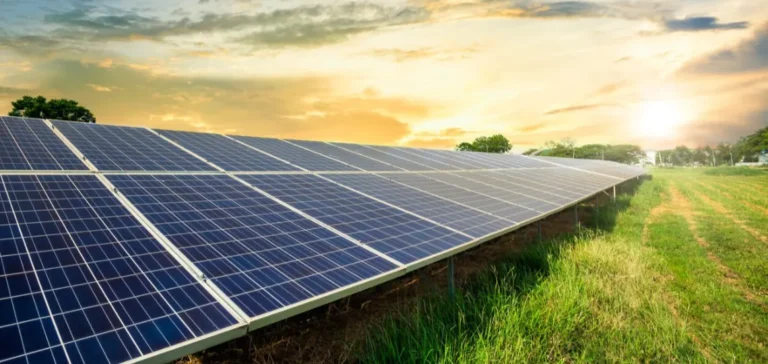The US Department of Commerce officially opened antidumping and countervailing duty investigations on August 7, 2025, targeting crystalline photovoltaic cell imports from India, Indonesia and Laos. This new trade offensive follows the successful imposition of tariffs against Cambodia, Malaysia, Thailand and Vietnam last June. The Alliance for American Solar Manufacturing and Trade, which includes First Solar Inc., Mission Solar Energy LLC and Hanwha Q Cells USA Corp., filed the initial petitions in July. Alleged dumping margins reach 123.04% for India, 94.36% for Indonesia and range between 123.12% and 190.12% for Laos.
Chinese Manufacturers Accused of Circumventing Restrictions
Tim Brightbill, lead attorney for the Alliance at Wiley Rein, claims that Chinese-owned companies rapidly relocated their operations to Laos and Indonesia after previous restrictive measures. Six companies based in Batam, Indonesia, identified as controlled by Chinese solar company executives, represent approximately 70% of Indonesian exports to the United States according to trade registry analyses. PT Rec Solar Energy Indonesia now dominates the country’s solar exports to America with $219 million in sales in the first half of 2025. Trade statistics reveal that the combined market share of Indonesia and Laos in the US market jumped from less than 1% in 2023 to 29% after the first tariffs took effect.
Indian manufacturers also appear among the targets of US trade authorities. Waaree Energies, Adani Solar and Vikram Solar each export more than half of their annual production to the United States according to industry data. India shipped 2.3 gigawatts of solar cells to America in 2024 worth $792.6 million, thus maintaining a strategic position in this crucial market for the global photovoltaic industry.
US Manufacturing Deficit Amplifies Import Dependence
The United States faces a structural imbalance between its domestic production capacity and national market needs. The country has 51 gigawatts of solar module manufacturing capacity but only 2 gigawatts for cells, an essential component of the photovoltaic value chain. This disparity forces US manufacturers to massively import critical components, with 13.89 gigawatts of silicon cells imported in 2024 according to customs data. Suniva remains the sole domestic producer of crystalline silicon cells, with capacity limited to one gigawatt that has not yet reached its full operational potential.
US dependence on foreign supplies persists despite substantial investments in domestic production. Imports totaled 54.3 gigawatts of assembled panels in 2024, far exceeding the estimated domestic production of 25 gigawatts including First Solar’s output. The four countries currently under antidumping investigation – Vietnam, Thailand, Malaysia and Cambodia – represented 80% of US solar module imports before the new tariff measures were applied.
Economic Impact Hits Solar Project Developers
The new tariffs are causing substantial cost increases for the entire US solar industry. Clean Energy Associates projects a potential increase of 10 to 15 cents per watt for imported modules, directly affecting project economic viability. Southeast Asian module prices have climbed 50% to over 100% in some cases since protectionist measures were applied. Battery storage systems, essential components for residential and commercial solar installations, have seen their wholesale costs rise from $400 to over $500 per kilowatt-hour according to distributor data.
Economic analysis reveals paradoxical consequences of tariff policies on employment and economic activity. Each job created by tariffs would result in the elimination of 31 other jobs in the solar ecosystem according to Solar Energy Industries Association calculations. The US economy would suffer daily losses of $10.5 million in unrealized economic activity according to industry estimates. FTI Consulting projects in its modeling that 14 gigawatts of utility-scale solar capacity could be compromised over the next five years if current tariff conditions persist.
Regulatory Timeline Sets Crucial Deadlines for the Sector
The US International Trade Commission (ITC) must issue its preliminary determination on September 2, 2025, regarding the existence of material injury to the domestic industry. If this decision proves affirmative, the Commerce Department will announce its preliminary findings on countervailing duties on October 13, 2025, and on antidumping duties on December 26, 2025. Final determinations are scheduled for April 2026, when definitive tariffs could take effect retroactively according to established procedures.
The history of US trade procedures suggests a high probability of imposing definitive tariff measures. Christian Roselund of Clean Energy Associates notes that 96.5% of antidumping and countervailing duty petitions filed between 2011 and 2021 resulted in the application of tariffs. This statistical trend indicates that importers, developers and project financiers must now anticipate substantial modifications to their procurement strategies and economic models for future installations.






















